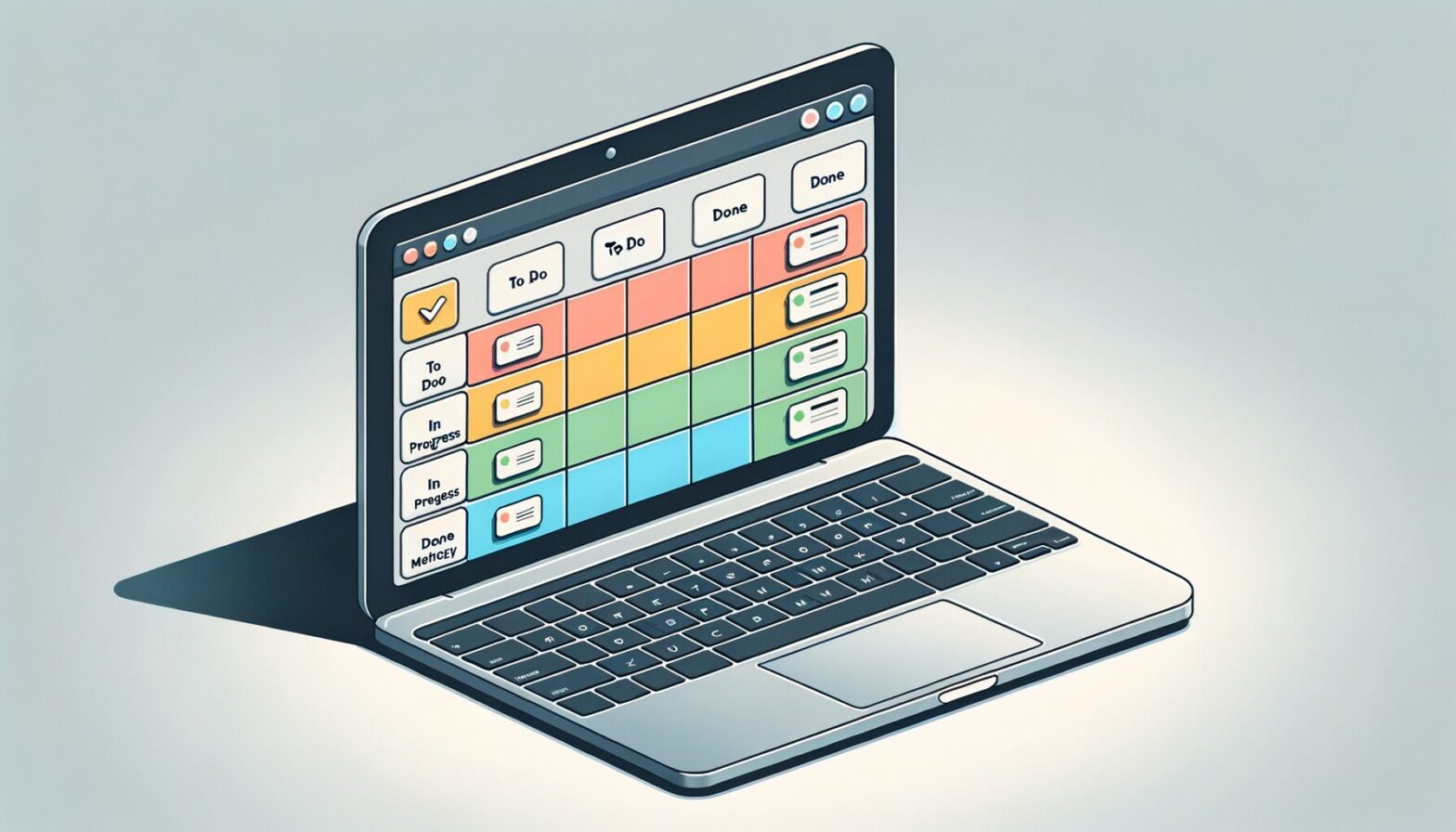The Rise of Online Kanban: More Than Just a Work Tool
Online Kanban has evolved far beyond its origins as a project management methodology. Originally developed to optimise manufacturing workflows, Kanban’s visual approach to task management has found fertile ground in the digital age, particularly through online platforms. These tools allow users to create virtual boards, cards, and columns that reflect their tasks and projects, enabling a flexible, transparent way to track progress.
What makes Online Kanban truly transformative is how it intersects with modern lifestyle trends. The increasing demand for remote work solutions, the rise of the gig economy, and a growing focus on personal productivity have all contributed to the popularity of Kanban boards accessed via web and mobile applications. People are no longer confined to traditional offices or rigid schedules; instead, they seek tools that adapt to dynamic environments and varied roles.
Moreover, Online Kanban’s visual nature appeals to our cognitive preference for spatial and colour-coded information. This makes managing everything from daily chores to complex projects more intuitive. The method encourages incremental progress and visual feedback, which are powerful motivators in today’s fast-paced world. Thus, Online Kanban has become not only a professional asset but also a lifestyle enhancer.
Influence on Productivity and Work-Life Balance
One of the most significant impacts of Online Kanban tools is their ability to enhance productivity without sacrificing work-life balance. By providing clear visual cues about priorities and deadlines, Kanban boards help users avoid overload and stay focused on what truly matters. This clarity reduces stress, a critical factor in improving overall wellbeing.
In flexible work arrangements, where boundaries between personal and professional life can blur, Online Kanban offers structure without rigidity. Users can seamlessly switch between different boards tailored for work tasks, home projects, or even hobbies. This compartmentalisation supports better time management and mental organisation, making it easier to unwind at the end of the day.
Additionally, many Online Kanban platforms incorporate collaboration features that encourage transparent communication among team members or family units. This transparency fosters trust and accountability while minimising micromanagement. As a result, individuals feel empowered to manage their own workflows and contribute meaningfully without burnout.
The Social and Cultural Shift Towards Visual Organisation
The widespread adoption of Online Kanban reflects a broader cultural shift towards visual organisation tools in everyday life. From social media planners to fitness routines and meal prepping, visual boards have become a popular way to track goals and habits. This trend aligns with a growing awareness of mental health and the importance of mindfulness in task management.
Online Kanban also taps into the digital native mindset, where interactivity and instant updates are expected. Unlike static lists or documents, Kanban boards offer dynamic environments that evolve as tasks progress. This immediacy satisfies our desire for control and responsiveness in an often chaotic world.
Furthermore, the integration of Online Kanban with other apps — such as calendars, note-taking tools, and communication platforms — exemplifies how technology is creating interconnected ecosystems for managing life holistically. Such integration simplifies juggling multiple roles and responsibilities by centralising information and reducing friction.
Looking Ahead: The Future of Online Kanban in Everyday Life
As technology advances, the role of Online Kanban in shaping lifestyles will likely deepen. Emerging trends like artificial intelligence (AI) integration could make Kanban boards even smarter by predicting bottlenecks or suggesting task prioritisation based on user behaviour. This could further personalise productivity strategies.
Virtual and augmented reality (VR/AR) may also offer new ways to interact with Kanban boards, making task management more immersive and engaging. Imagine walking through a virtual workspace where you can rearrange tasks by hand gestures or spatial cues.
Ultimately, Online Kanban exemplifies how digital tools can promote healthier work habits and support diverse lifestyles. Its adaptability ensures it will continue to serve as a bridge between professional efficiency and personal wellbeing. Whether you’re managing complex projects or everyday routines, embracing Online Kanban could be a key step towards more intentional living.
Notes
- Over 70% of teams using online Kanban report improved project visibility and communication.
- Remote workers who use visual task boards are 30% more likely to meet deadlines consistently.
- Kanban’s visual format aligns with research showing that 65% of people learn better visually.
- Integration of AI into online Kanban platforms is projected to grow by 40% annually over the next five years.
